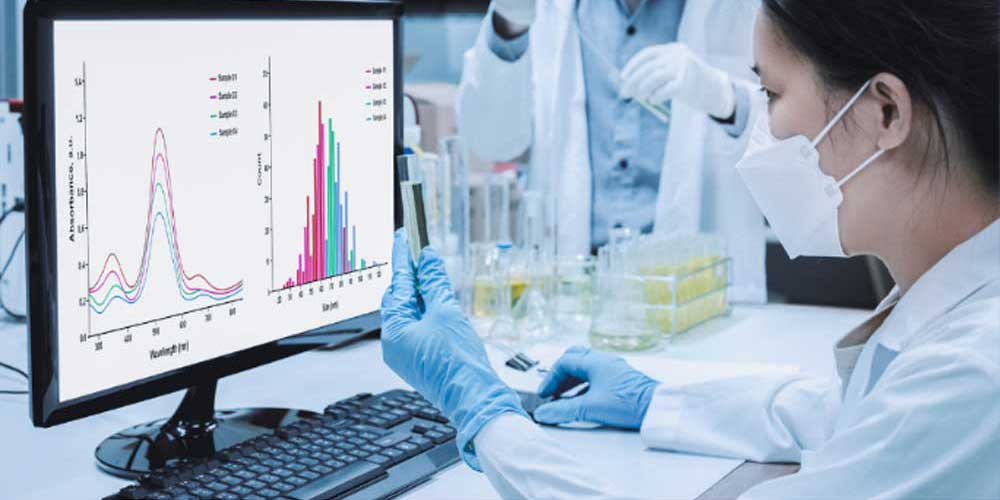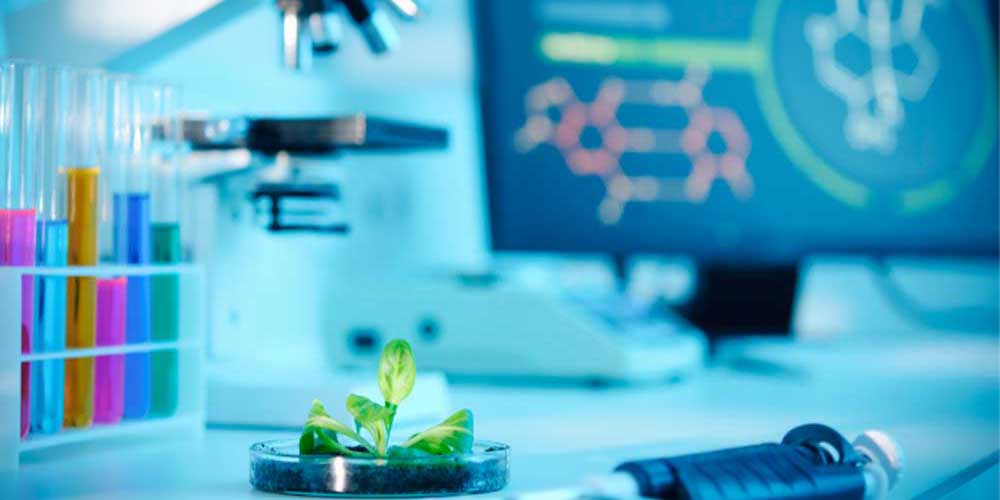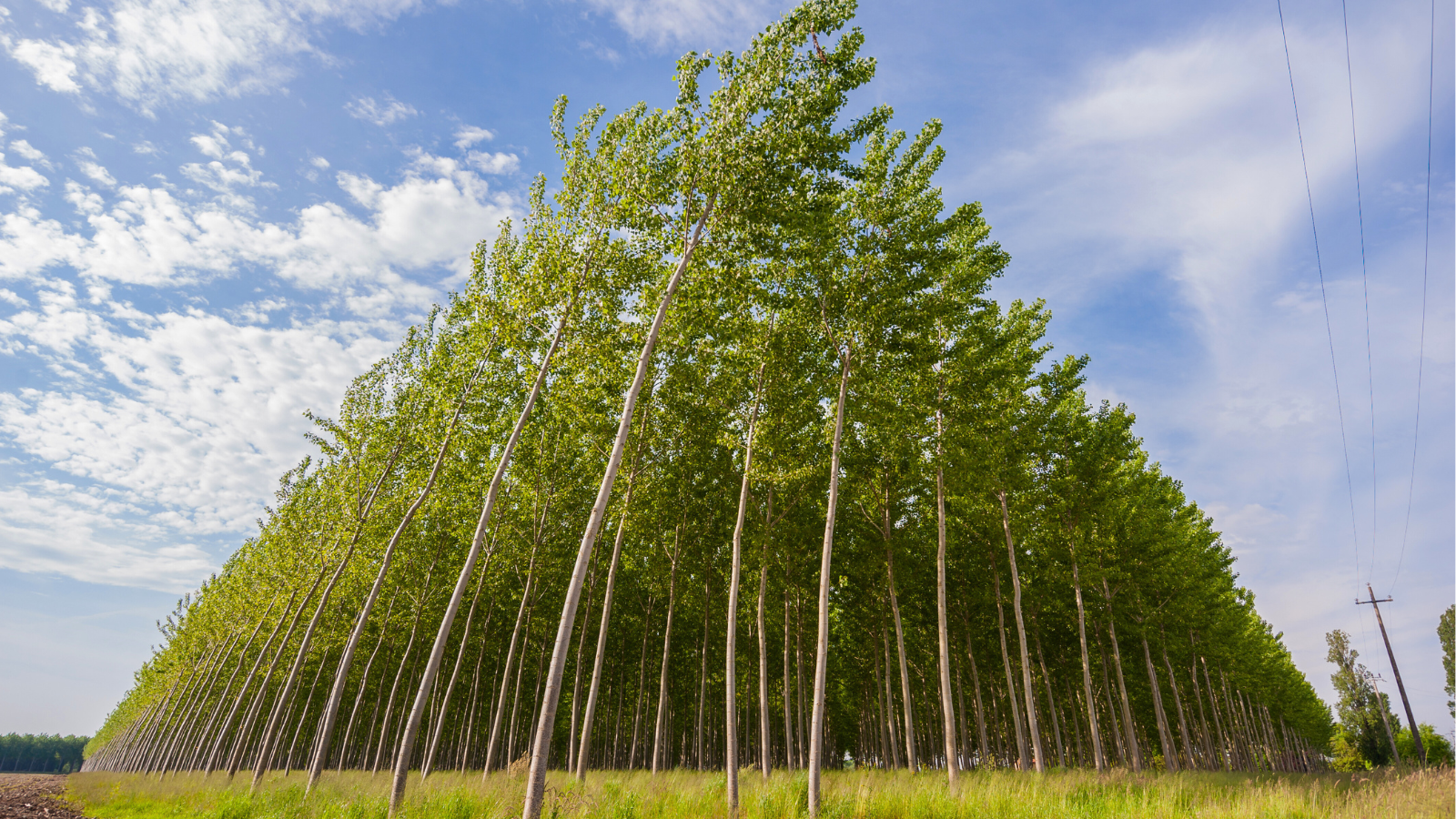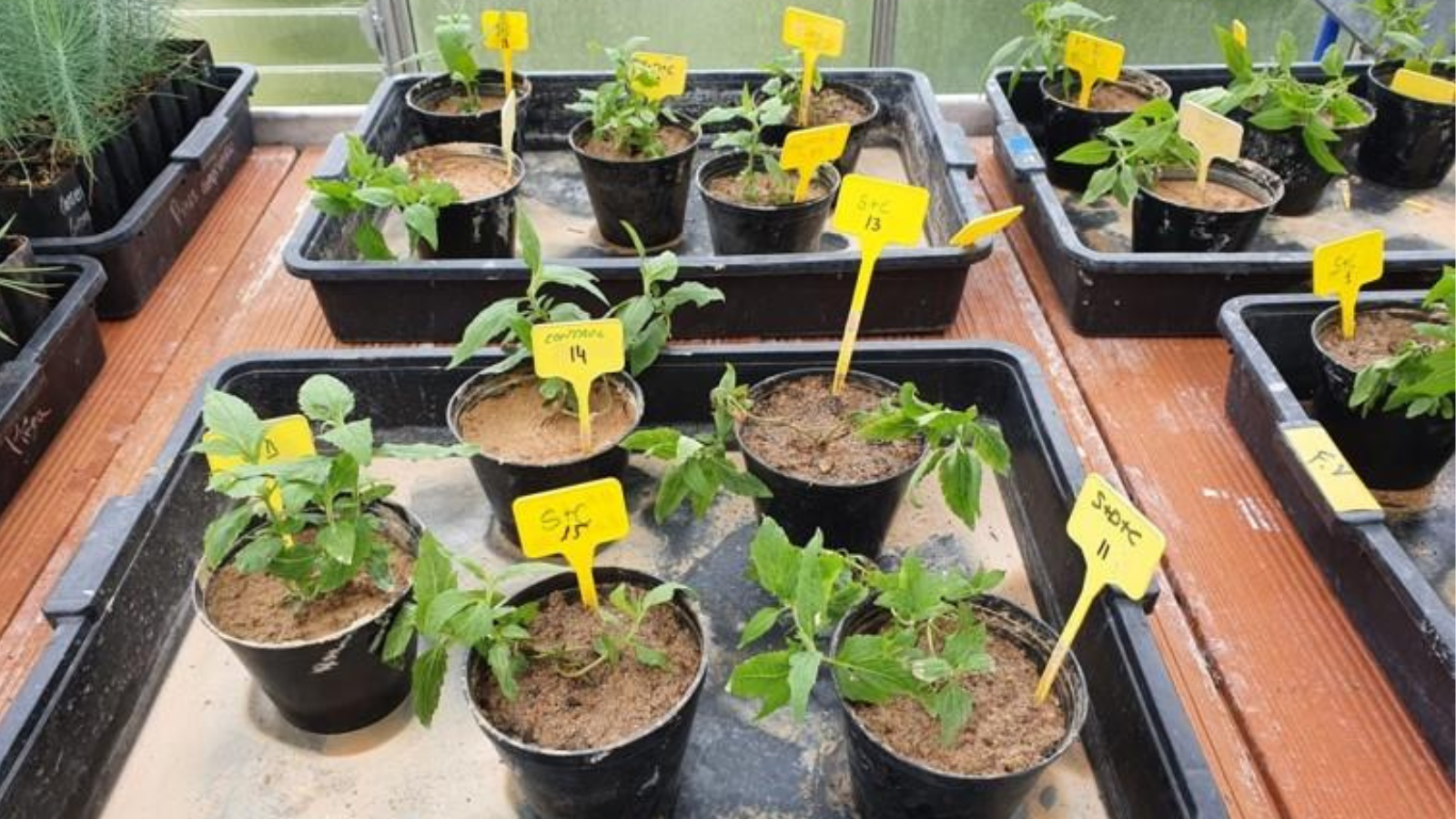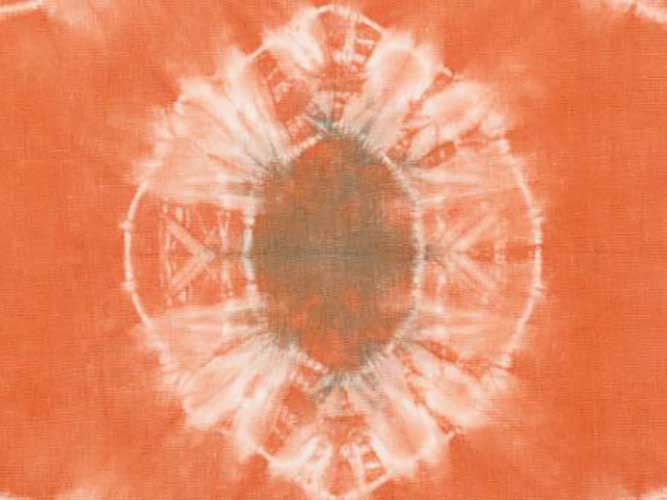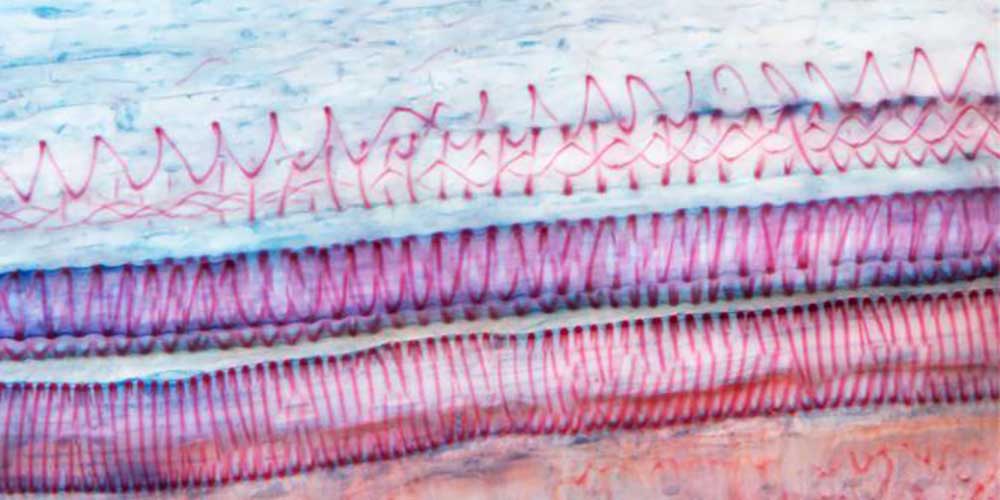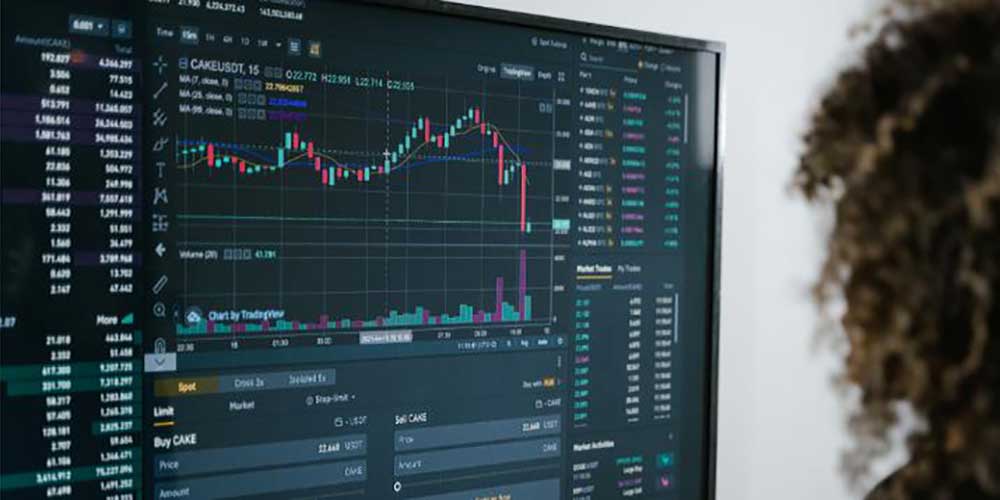Starting at Technology Readiness Level (TRL) 3-4, the pHYBi project partners test, optimise and develop several phytomanagement strategies and biomass extraction processes in laboratory settings. These phytomanagement strategies are then validated in pilot field trials, while the biomass extraction processes are tested in a small to medium scale pilot plant. The project aims to reach TRL 5 by the end of the project, following the outlined methodology:
1. Site selection and monitoring
The value chain for the pHYBi project begins with the investigation and monitoring of existing long-term phytomanagement trial sites as well as new potential sites. This step enables the assessment of environmental impacts and the identification of areas for improvement. The existing phytomanagement trials provide historical data as well as a source of biomass at the start of the project. Additional data is collected through two further monitoring campaigns, resulting in a comprehensive collection of data from long-term phytomanagement trials.
Key activities:
- To assess soil health and raw material quality through robust monitoring techniques. This involves:
- Soil health indicators: Monitoring physico-chemical, biological, and contamination parameters.
- Plant phenotyping: Assessment of biomass yield, nutrient content, and phytoremediation performance.
- Advanced analytical methods: Utilising spectroscopy techniques (FTIR, NMR) and elemental analysis to characterize biomass fractions and track contaminant sequestration.
- Learning from experience: Insights from long-term trials guide the refinement of new strategies.
- Identifying new opportunities: Potential new sites affected by pollution or salinity are assessed for suitability for phytomanagement.
2. Optimisation of phytomanagement strategies
To improve plant resilience and growth under challenging conditions such as polluted or saline soils, pHYBi proposes innovative phytomanagement strategies. This includes the development of approaches such as nanobiophytoremediation techniques.
Key activities:
- Baseline Testing: Woody species (poplar, birch, willow) exposed to mixed metals, and herbaceous crops (miscanthus, hemp) exposed to organic pollutants and saline soils, as well as novel poplar hybrids exposed to contaminated soils are being evaluated for their tolerance and growth in these environments.
- Microbial inoculants, such as endophytic fungi, plant-growth-promoting bacteria (PGPBs), and mycorrhizae are used to improve soil remediation, plant health and biomass yield.
- Organic and inorganic amendments: Nanoparticles, organic fertilisers and other soil amendments are used to improve soil structure and enhance pollutant immobilisation or extraction.
- Digital tools, including genome-scale metabolic models to improve plant-microbe interactions, and drone-based remote sensing with multispectral sensors and machine learning are being used to evaluate and improve phytoremediation strategies.
3. Biomass extraction and valorisation
From the biomass obtained, lignocellulosic fractions – cellulose, hemicellulose and lignin – are extracted for use in textile applications. This approach represents a sustainable and cost-effective way to convert underutilised lignocellulosic resources into valuable products.
Key activities:
- Feedstock pretreatment: Efficient debarking methods and organosolv extraction techniques, including innovative steps, are applied to separate lignocellulosic biomass into cellulose, hemicellulose, and lignin.
- Characterisation of the lignocellulosic fractions: to determine the chemical composition and percentage of purity.
- Innovative valorisation of lignocellulosic fractions in textile applications:
- Hemicellulose: Valorisation of C-5 sugars in the hemicellulose fraction for bioproduction of pigments (alpha-, beta-, or epsilon-carotene) with application in textiles.
- Cellulose and lignin: Valorisation for multifunctional protective coatings and finishes for textiles
- Pigments and coatings are evaluated to meet industry standards and to serve as sustainable alternatives to current products.
4. Scaling and replication
To enhance scalability, pHYBi is developing an open source virtual replication tool. This tool integrates modelling and optimisation modules to simulate phytomanagement processes, combining techno-economic, environmental and social aspects. It will allow the replication of the pHYBi process by stakeholders.
The tool will include:
- A comprehensive database of project generated and compiled data.
- A modelling module using data-driven techniques to link soil health indicators with biomass quality and yield.
- A user-friendly interface for seamless interaction with end users.
